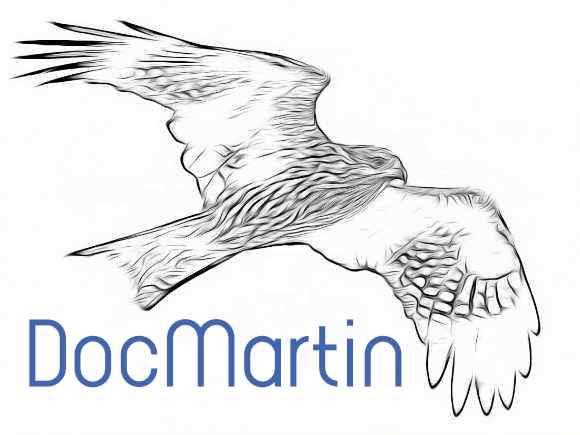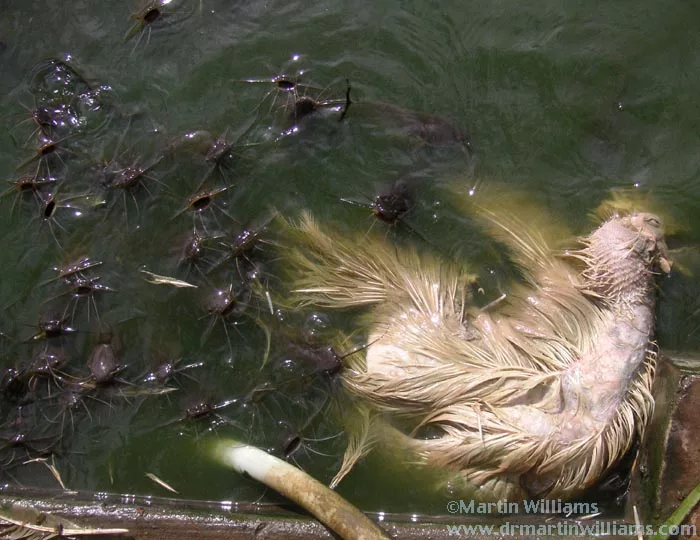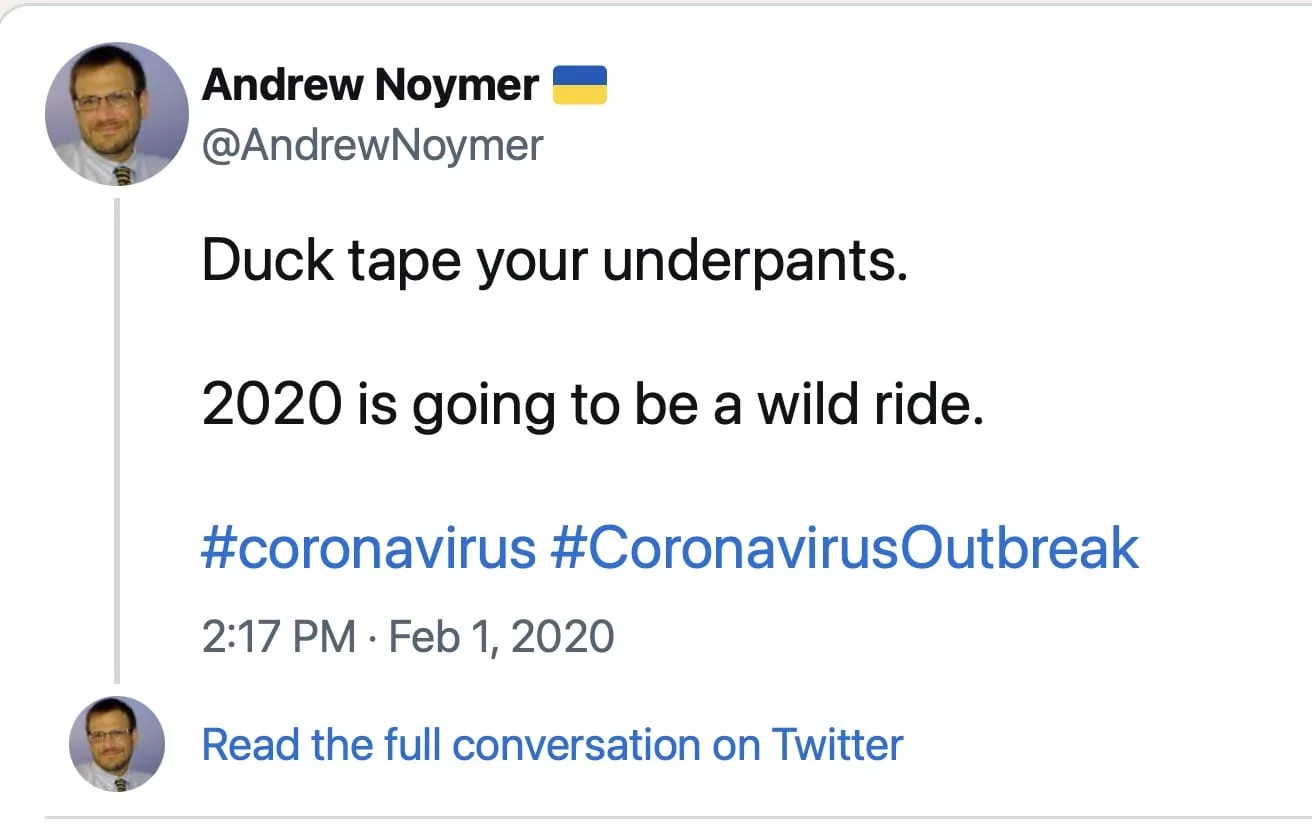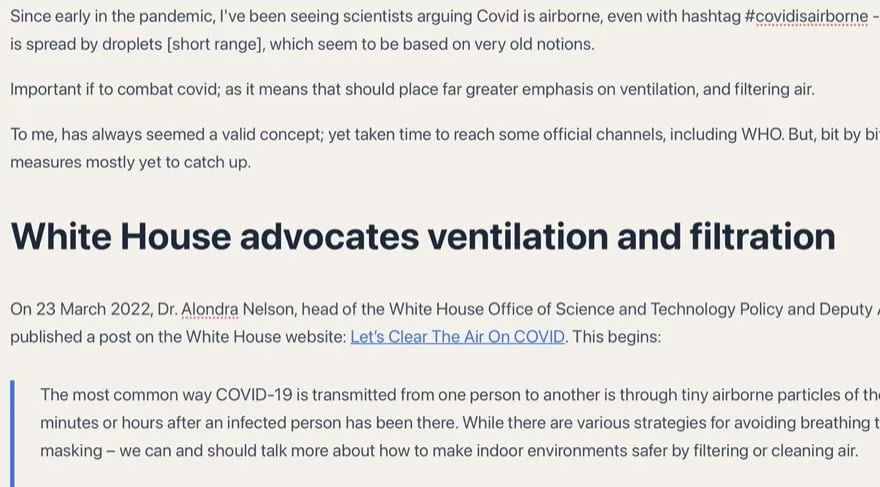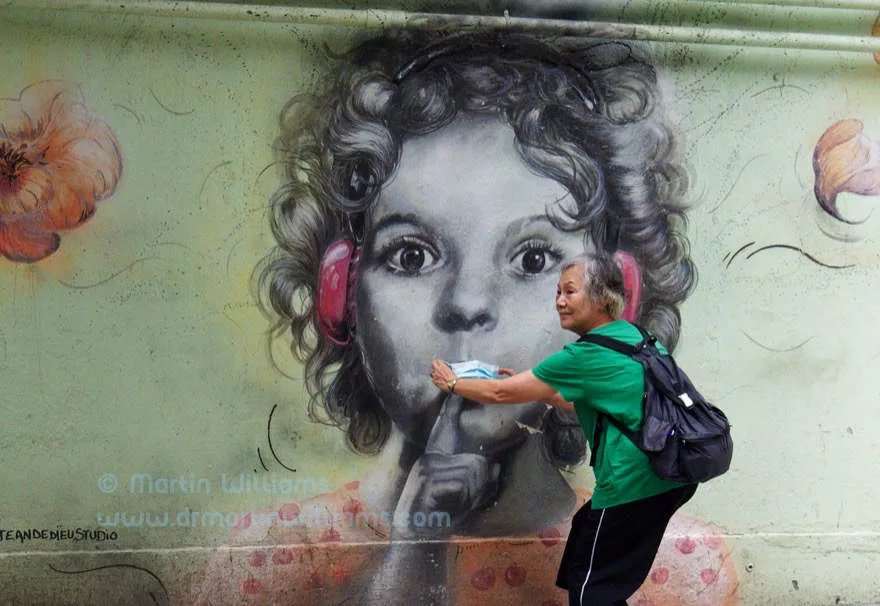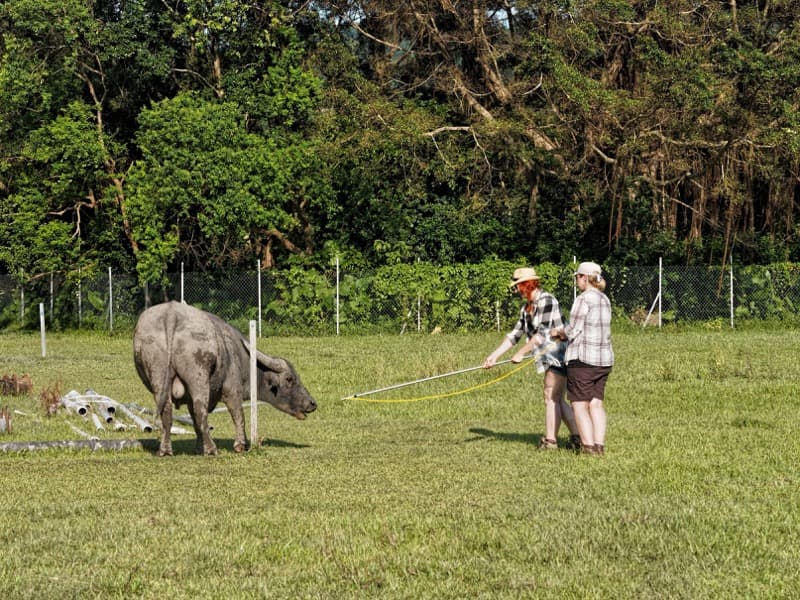If asked to name a region that’s poorly known and unmapped, perhaps you would suggest a remote part of Africa, or Antarctica, or the ocean floor. But not, I think, your own brain.
Yet for all that we humans have explored the earth, and gained insights into far flung reaches of the universe, our brains remain mysterious and marvellous. Indeed, the human brain has been described as the most complex structure known to mankind.
Some basic features are familiar, like the intricately folded surface, the cerebrum with its four lobes, the cerebellum or “little brain”, and the limbic system or “emotional brain”. Partly from experiments on people who have suffered brain damage, we have some understanding of what happens in these regions. Yet details are scarce, which is unsurprising given each adult brain contains dense networks of nerve fibres, called axons, which may have a total length of over 150,000km.
Now, work is underway on creating a map showing how the axons are arranged, and detailing the brain connectivity. This map has been dubbed the connectome, a term coined separately in 2005 by neuroscientists Dr. Patric Hagmann at Lausanne University Hospital, Switzerland, and Dr. Olaf Sporns at Indiana University, US – and with a deliberate similarity to “genome”.
Just as the Human Genome Project was an ambitious venture to map the genes of the human genome, there is a Human Connectome Project with the grand goal of revealing the detailed structure of the brain. As yet, there have been few results, though research teams have produced gorgeous images with major axon routes represented by multi-coloured threads; one of these was used as the cover for the latest album by UK rock band Muse. Much is anticipated, however, such as far more sophisticated brain surgery.
The project was launched by the US National Institute of Health, which in 2010 awarded US$40 million to two consortia that are currently at work on mapping. Much of the money was for new and highly sophisticated Magnetic Resonance Imaging (MRI) platforms. “The HCP is truly a grand and critical challenge: to map the wiring diagram of the entire, living human brain,” said Thomas Insel, director of the National Institute of Mental Health.
This would not be the first time a connectome had been mapped, but the only example to date was for a tiny worm with just 302 neurons – nerve cells that typically include axons. By slicing up their bodies and examining them with electron microscopes, researchers produced a detailed wiring diagram of the neurons and their connections, or synapses. Though the process seems simple, it took around ten years to create the diagram, and another two decades before a more comprehensive version was published.
The human connectome presents immensely greater challenges. For instance, there are probably 86 to 100 billion neurons and around 100 trillion synapses. Then, the Human Connectome Project focuses on living subjects, rather than slicing through brain tissue. And no one’s connectome is fixed, as connections may come and go over time.
Rather than viewing neurons themselves, MRI techniques reveal them by detecting movements of water molecules. Though water does not really flow through brain tissue, individual molecules tend to move faster along alignments of axons – both within and outside them, than they do at angles to them. By combining more powerful magnets than in typical MRI scanners with specially developed analytical techniques, this makes it possible to scan someone’s brain and produce a relatively large scale map of neural pathways and connections.
Unsurprisingly, Human Connectome Project participants and proponents are upbeat about its value. MIT neuroscientist Sebastian Seung is a key player in the initiative; and in his book Connectome: How the Brain’s Wiring Makes Us Who We Are, he wrote, “You are more than your genes. You are your connectome.” Last month [February], a project team published results that support his assertion. They found that differences between individuals were most pronounced in more highly evolved regions of the brain, where the degree of variability in connectivity variability helped predict how much individuals would differ in behaviour.
In a blog post titled “Symphony Inside Your Brain”, NIH director Francis Collins predicted that knowledge arising from the project, “should yield new and better ways to detect, treat, and, ultimately, prevent the brain disorders that currently disrupt and devastate so many lives.”
Some other neuroscientists are far less impressed. In an email to a reviewer of Seung’s book, Andrew Lumsden, director of the MRC Centre for Developmental Neurobiology, King’s College, London, wrote that while “SS’s memorable (if pukeworthy) ‘I am more than my genome, I am my connectome’ may be true in a grossly superficial way, they are not going resolve connectional issues in any useful way using their current approaches.”
Even so, more work on the brain’s structure and workings is underway or planned. There’s a Mouse Connectome Project, based in the US. St Thomas’ Hospital in London has built a neonatal Magnetic Resonance Imaging Clinical Research Facility that’s part of the Human Connectome Project, and will map the brains of babies as they develop in the womb and then after they are born. In January, the European Commission awarded a billion euros to the Human Brain Project, which aims to simulate the human brain in a computer.
Late last month, scientists reported that they had connected the brains of two rats – one in the southeastern US, the other in Brazil – over the internet, and the rats had cooperated on tasks involving pressing a lever to drink water. If this seems like a tiny step towards the interconnected humans of scifi movie The Matrix, consider the claims regarding the potential pitfalls of US President Obama’s proposed Brain Activity Map project, which could cover neural networks and their functions.
Though details are lacking, the project has already come under fire as it would prove costly and may well divert funding for more worthwhile research. And an Esquire article ominously predicted that, “the project might also provide the first viable means of remotely controlling the human mind.”
Early warnings of climate change
While climate change resulting from human activities might seem a new-fangled concept, there have been on-point predictions dating back many years.…
Ignoring Science Makes Global Climate Disaster as Inevitable as Titanic Submarine Implosion
Climate change has been prominent in worldwide news this summer (2023), notably as we have just lived through the hottest week…
Have you been bullied into health? Fear, quackery and Covid
So here we are with our modern-day wonder, the internet – where even with a smartphone, you can search for and…
Never mind the antimask-o-sphere. Science shows face masks help reduce Covid spread
Just had one of those silly Twitter “conversations” with someone who had position so fixed, impossible to change with facts. Yeah,…
A Covid scrapbook: snapshots from the crazy pandemic
I’ve read accounts of the Spanish Flu, which was the last major pandemic, mainly in 1918 [so over and done with…
Highly pathogenic bird flu variants mostly evolve in intensive poultry farming
Highly pathogenic bird flu variants evolve from regular, low pathogenic, bird flus, within intensive poultry farming.
Keep Your Underpants Duck Taped and Air Clean as Covid Wild Ride Continues
We’ve learned a lot about Covid, even developing vaccines. Yet Covid remains an issue, no matter how much we might wish…
Covid is airborne so ventilation and air filtration are important
Since early in the pandemic, I’ve been seeing scientists arguing Covid is airborne, even with hashtag #covidisairborne – including to counter…
Long Covid – info and links indicating major impact
Evidence is snowballing that Long Covid is also a serious issue, even affecting people in whom the disease initially appeared mild.
Perhaps Covid arose through lab leak of tweaked bat Coronavirus
Maybe humans tweaked bat coronaviruses in gain of function experiments, inadvertently creating Covid thro lab leak.
The Covid Conundrum: Endless Lockdowns, Let It Rip … or What?
Covid is airborne, which means that much as unprotected sex is a risk for HIV, unprotected breathing might result in Covid.
Science shows Covid including Omicron is Really Not the Flu
Some of the science showing Covid including Omicron is a huge issue; and one that looks set to be with us…
“Alarmist” Covid predictions outperform Covid deniers’ soothsaying
The disinfo downplaying Covid is often from rightwing, mainly money-minded folks who perhaps don’t care too much about actual people.
Covid virulence, vaccines and variants
Science can provide some insights into what may happen with Covid, along with ways to limit its impacts.
We’re in the Covid Era for the Long Haul
We’re in this for the long haul, with the virus like a relentless, invisible foe, ready to exploit errors, slip through…
My Strange n Surprising Summer Staycation with Cellulitis
rom quick pricking by unseen marine creature, to intense fever, and hospital stay for an infection deep within the skin.
Covid virulence, vaccines and variants
[Written for South China Morning Post on 6 January 2021] In January last year, as reports were emerging of the new…
The Viral Time Bomb – Pandemic of Our Time
Guan Yi, director of the State Key Laboratory of Emerging Infectious Diseases at Hong Kong University, has extensive experience of viruses;…
From China With Fear: the Wuhan Coronavirus Won’t Kill Us All
As news of Wuhan coronavirus emerges, evolutionary biology suggests potential for a pandemic, not killing high percentage of people.
Fightback Needed as Science and Life Support System Under Attack
Environmentalism is under assault; yet this planet is the only home we have; providing our food, air, water… It’s our life…
Secret World of Hong Kong Water Supply
Hong Kong’s water supply system has been vital to its development as a “world city”.
Hong Kong Belching Buffaloes n Bubbling Paddies and the Mystery Methane Rise
Prof Euan Nisbet leads a science team to Hong Kong in quest to help find why levels of potent greenhouse gas…
